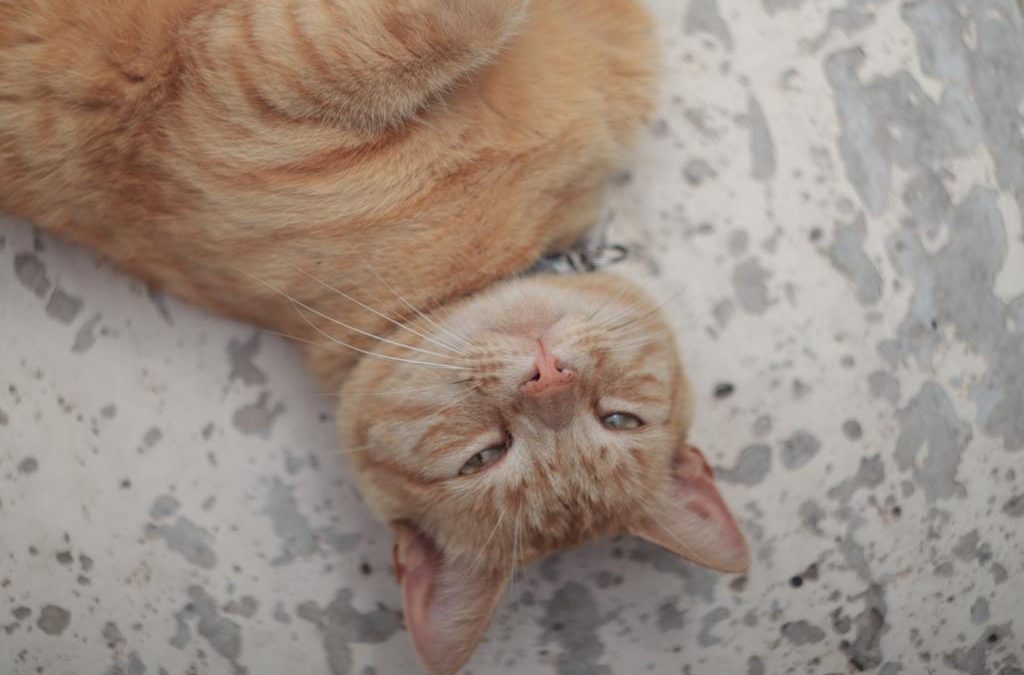A common problem in many homes and businesses are pests such as rats. Rat and mouse poison are freely available at grocery stores, home and garden warehouses, and even your local corner shop. But did you know the effect of the poison is often not limited to the rodent that you are targeting?
“Rodenticides are widely used to control rodent species that inhabit human environments and damage different types of goods. This chemical control is a common practice in farms to prevent rodents spoiling and consuming animal feed and stored grain, damaging buildings and transmitting diseases (Shore et al., 2006, Tosh et al., 2011b).”
What is rodenticide?
Rodenticide is the word used to describe chemical substances that make up a poison used to kill various rodents, such as rats and mice. They are generally manufactured into pellets or chunks with other appetising ingredients to make it attractive to them. The most common rat poison that is accidentally consumed by dogs in South Africa is made with potent anticoagulants, such as brodifacoum.
“Brodifacoum works by inhibiting the production of vitamin K in the rodent’s body, which is essential for blood clotting. This leads to internal bleeding and ultimately, death after a single feed.”
Primary and secondary poisoning
Secondary rodenticide poisoning is more common than what people realise. Working at a small animal practice we frequently see birds of prey such as owls suffering from secondary poisoning. Most recently my own domestic cat had to be brought in as he was acting out of sorts and tender on his abdomen. Radiographs were taken, an ultrasound performed, and blood tests were run to determine the cause. He was suffering from acute renal failure due to secondary poisoning. His kidneys had shut down due to toxicity and there was no reversing the damage. All we could do was keep him as comfortable as possible until we had all the results and then say goodbye. My four-year-old ginger cat loved to hunt and bring home half eaten rats and mice from the empty plot next door to my home. In cases like this it is essential to have a medical insurance for your pet.
Primary Poisoning: A rodent eats bait that has been set out, which typically contains an anticoagulant that prevents blood clotting. Primary poisoning can occur in domestic dogs, but not often in domestic cats.
Secondary Poisoning: Secondary poisoning occurs when a scavenger, predator or even domestic pet eats a rodent that has ingested poison, leading to the animal’s own poisoning.
Consequences of poisoning:
- Death: In severe cases, secondary poisoning can be fatal.
- Internal organ damage: such as kidney failure
- Internal bleeding: Anticoagulants disrupt the blood’s ability to clot, leading to internal bleeding.
- Immune system compromise: Secondary poisoning can weaken an animal’s immune system and make them too weak to hunt to survive.
“Based upon its history, wildlife toxicology is driven by chemical use and misuse, ecological disasters, and pollution-related events affecting humans. Current challenges include the need to more thoroughly estimate and predict exposure and effects of chemical-related anthropogenic activities on wildlife and their supporting habitat.” Rattner, B.A. History of wildlife toxicology. Ecotoxicology 18, 773–783 (2009). https://doi.org/10.1007/s10646-009-0354-x
What can you do?
- Choose alternative rodent control methods: Consider non-toxic alternatives like tamper proof traps that do not rely on poison
- Collect rodent carcasses: Dispose of dead rodents properly if you know there is rat poison in your area
- Monitor pets closely: Keep dogs and cats away from areas where rodenticides are being used.
If your pet is ever acting out of sorts please take them to your closest vet. It may seem like nothing serious and turn out to mean something far worse.

